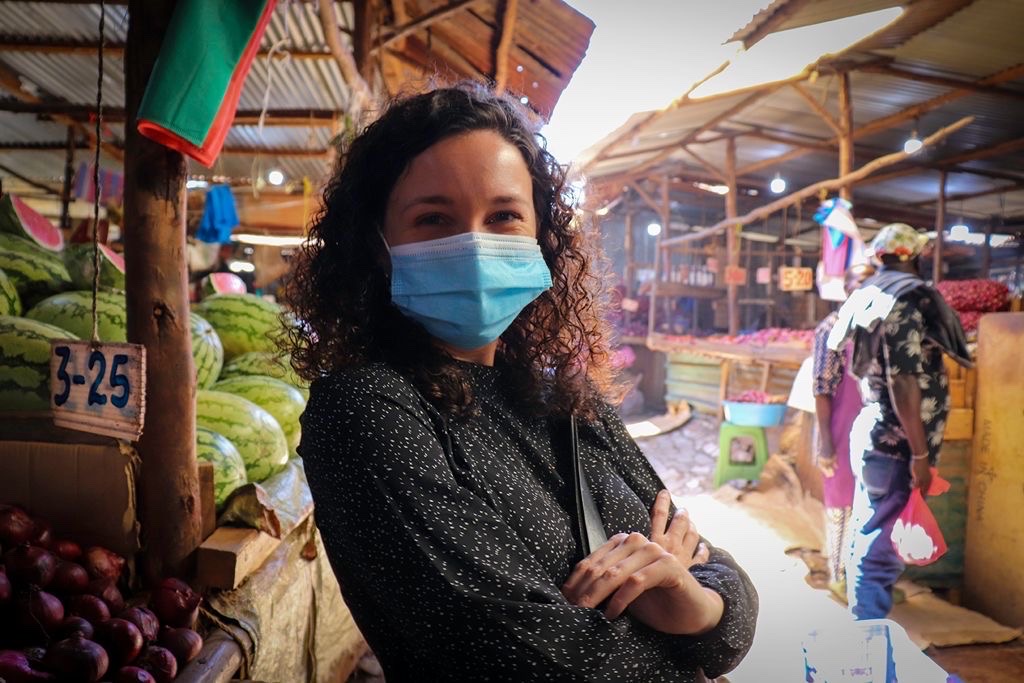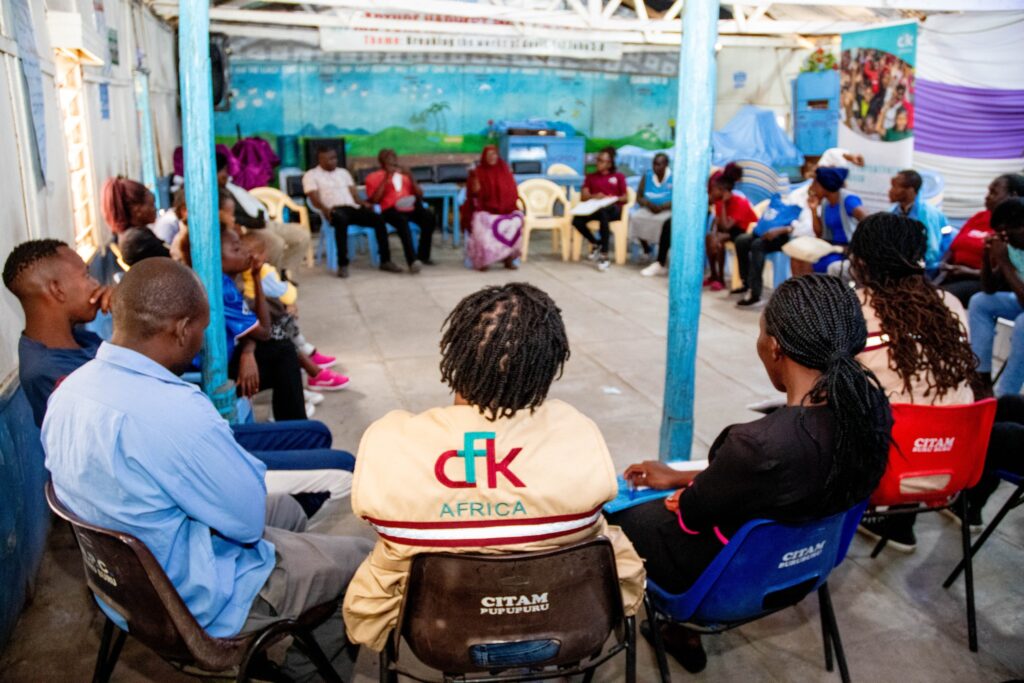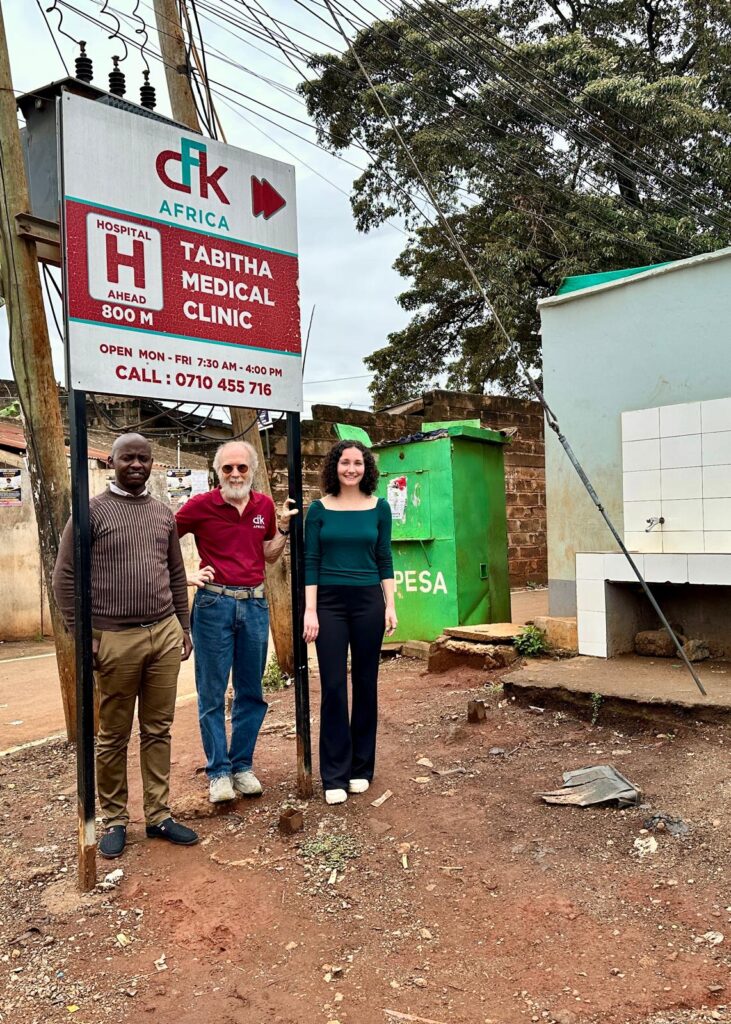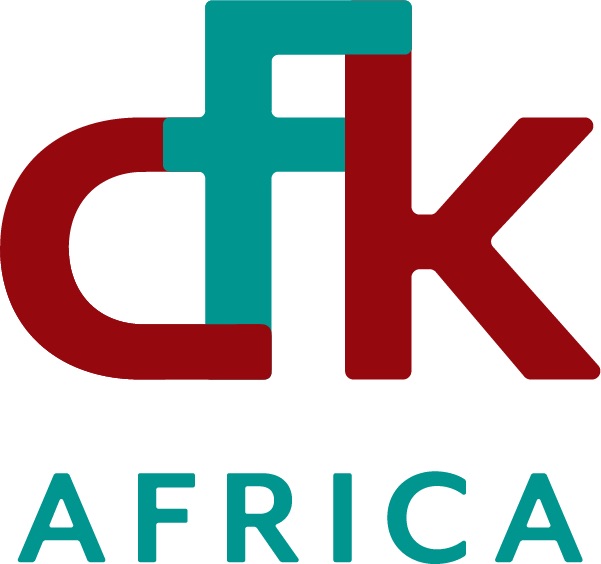Written by Hannah Lineberger, CFK Africa Program Officer for Research and Evaluation
I first recognized the importance of monitoring, evaluation, and learning (MEL) while working as the U.S. Communications Manager with CFK Africa. When I joined the organization back in 2020, it was growing fast and beginning to go after larger funding proposals that required detailed evidence of our impact on health, education, and economic outcomes. We consistently got feedback that our work and participatory model were impressive but that we needed to better demonstrate our long-term impact to be competitive.
That feedback ended up shaping the next three years of my academic and professional career.

I thoroughly believed in the work that CFK Africa was doing. From my conversations with staff and program participants, I was sure that the organization had contributed to long-term, transformational change, and I was determined to learn how to prove it. I decided to pursue a Master of Public Health (MPH) at the UNC Gillings School of Global Public Health and sought out MEL experiences throughout my coursework, research assistantship, thesis, and practicum. After graduating, I began a full-time role supporting MEL activities within a multilateral USAID-funded project at Abt Global.
The more I learned about MEL, the more I realized how essential, undervalued, and misunderstood it was. Yes, it can help teams and donors understand if programs “work,” but it can do so much more. It can inform the design of new programs, shape key adaptations to existing programs to increase their effectiveness, increase participation and ownership among program participants, and strengthen organizations’ transparency and accountability.
Given the recent and horrific dismantling of USAID, making the most of limited resources for global health and development has become even more important. To do that, organizations like CFK Africa need MEL infrastructure that balances rigor with resource constraints and is flexible enough to respond to changes in the surrounding context.
Measuring Change is Complex
In an ideal world where an intervention leads directly and only to its expected outcome every time, MEL would be simpler. But, in reality, change is rarely linear, impact takes time, and contexts change, especially in dynamic environments like the informal settlements in which CFK Africa works. The transitional nature of informal settlements and lack of consistent addresses and phone numbers can make it difficult to track participants over time. This can limit organizations’ abilities to gather long-term, impact data, which is generally gathered over years rather than months.
In addition to operating within a complex environment, CFK Africa offers multiple, complementary programs that span from primary healthcare and public health to education and youth leadership. While some results may be straightforward to capture (such as the percentage of children treated for malnutrition), other key concepts like resiliency, quality of life, and lifetime earning potential can be more challenging to measure and attribute to a single CFK Africa program, let alone a single organization.
So, how can organizations like CFK Africa address these challenges, especially with limited resources and often strict reporting requirements from funders? I believe the answer starts with a greater acceptance of participatory qualitative and mixed methods MEL approaches.

Unlocking the Potential of MEL
While completing my MPH, I saw time and time again that quantitative data is valuable but only tells part of the story. While quantitative data and analysis are key parts of MEL work, I was interested in digging deeper, uncovering nuances, and understanding not just what happened but why it happened.
After graduating and supporting MEL in the context of a multi-country USAID project, I was excited to see a growing movement around “complexity-aware methods.” These methods typically engage existing MEL tools (e.g., surveys, interviews, observations, etc.) but are often more adaptive and participatory. They also can provide greater opportunities to engage program participants as co-designers and co-evaluators to identify and understand program impact from their perspectives.
While learning more about the MEL world, I often found myself thinking about how CFK Africa’s adaptability, commitment to participatory development, and tendency toward innovation made it well-positioned to lead creative yet rigorous evaluation work. When I had the opportunity to come back to the organization as part of the MEL team, I thought it was too good to be true. It truly is a full circle moment to support MEL work in the organization that inspired my interest in MEL in the first place. I’m excited to learn from our Kenyan MEL experts on the ground, share my experiences, and work together to ensure CFK Africa can capture and share its impact widely.

